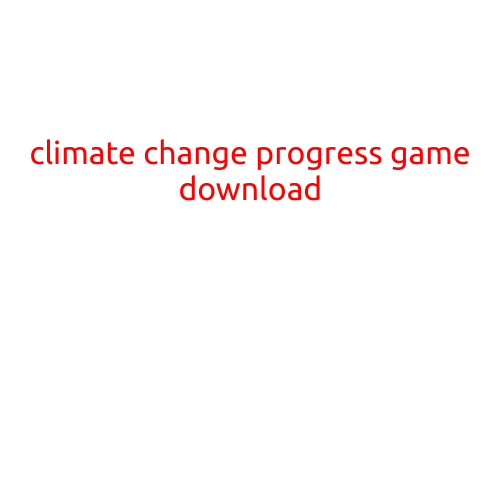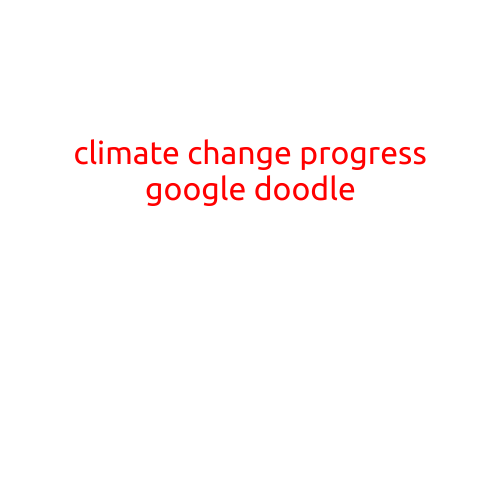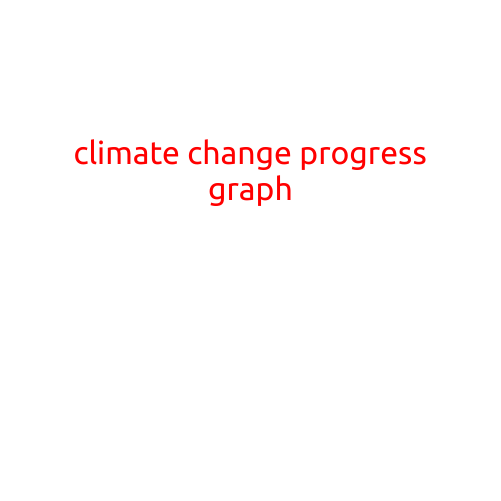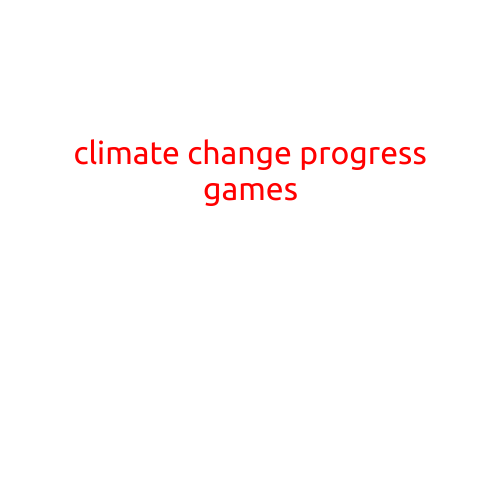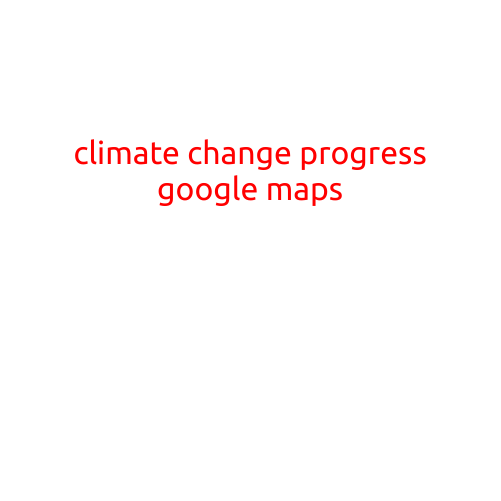
Climate Change Progress on Google Maps: A New Tool for Environmentalists and Adventurers Alike
Climate change is one of the most pressing issues of our time, and Google Maps has taken another step towards tackling this crisis by introducing a new feature that tracks the progress of climate change around the world. This innovative tool allows users to visualize the impact of climate change on specific regions, tracking changes in temperature, sea level rise, and deforestation over time.
What is the Climate Change Progress Feature?
The climate change progress feature is a new layer on Google Maps that overlays maps with data from the National Oceanic and Atmospheric Administration (NOAA) and other sources. The feature is designed to provide a more comprehensive understanding of the effects of climate change on different regions, cities, and ecosystems.
Key Features:
- Temperature Anomalies: The feature displays temperature anomalies, highlighting areas that are warming faster or slower than the global average.
- Sea Level Rise: Users can see how sea levels have risen over time, with data from NOAA’s Sea Level Rise and Coastal Flooding Impacts Project.
- Deforestation: The feature tracks deforestation rates in different regions, allowing users to visualize the impact of human activities on forests worldwide.
- Climate Projections: Users can use the feature to explore projected climate scenarios for specific regions, including changes in temperature, precipitation, and sea level rise.
How Does it Work?
To access the climate change progress feature, follow these simple steps:
- Open Google Maps on your device or computer.
- Click on the “Layers” button (represented by a stylized “L” icon) in the top right corner of the screen.
- Scroll down to the “Environmental” section and click on “Climate Change”.
- Choose the specific climate parameter you’d like to explore (temperature, sea level rise, deforestation, or climate projections).
What Can You Do with the Climate Change Progress Feature?
This feature offers numerous benefits for both environmental enthusiasts and adventurers:
- Explore Climate Impact: Use the feature to understand the effects of climate change on specific regions, cities, or ecosystems.
- Compare Climate Projections: Compare projected climate changes with current temperatures and sea levels to anticipate future impacts.
- Track Deforestation: Monitor deforestation rates in real-time, raising awareness about the importance of preserving forests.
- Plan Eco-Friendly Trips: Use the feature to plan eco-friendly trips, avoiding areas with high levels of environmental degradation or monitoring areas with high levels of climate-related risks.
Conclusion
Google Maps’ climate change progress feature is a remarkable tool that empowers users to better understand and mitigate the effects of climate change. By providing a comprehensive visual representation of climate-related data, this feature encourages users to take action and make informed decisions about their environmental impact. Whether you’re an environmental scientist, a travel enthusiast, or simply concerned about the future of our planet, this innovative feature is a valuable resource that’s sure to inspire change.
